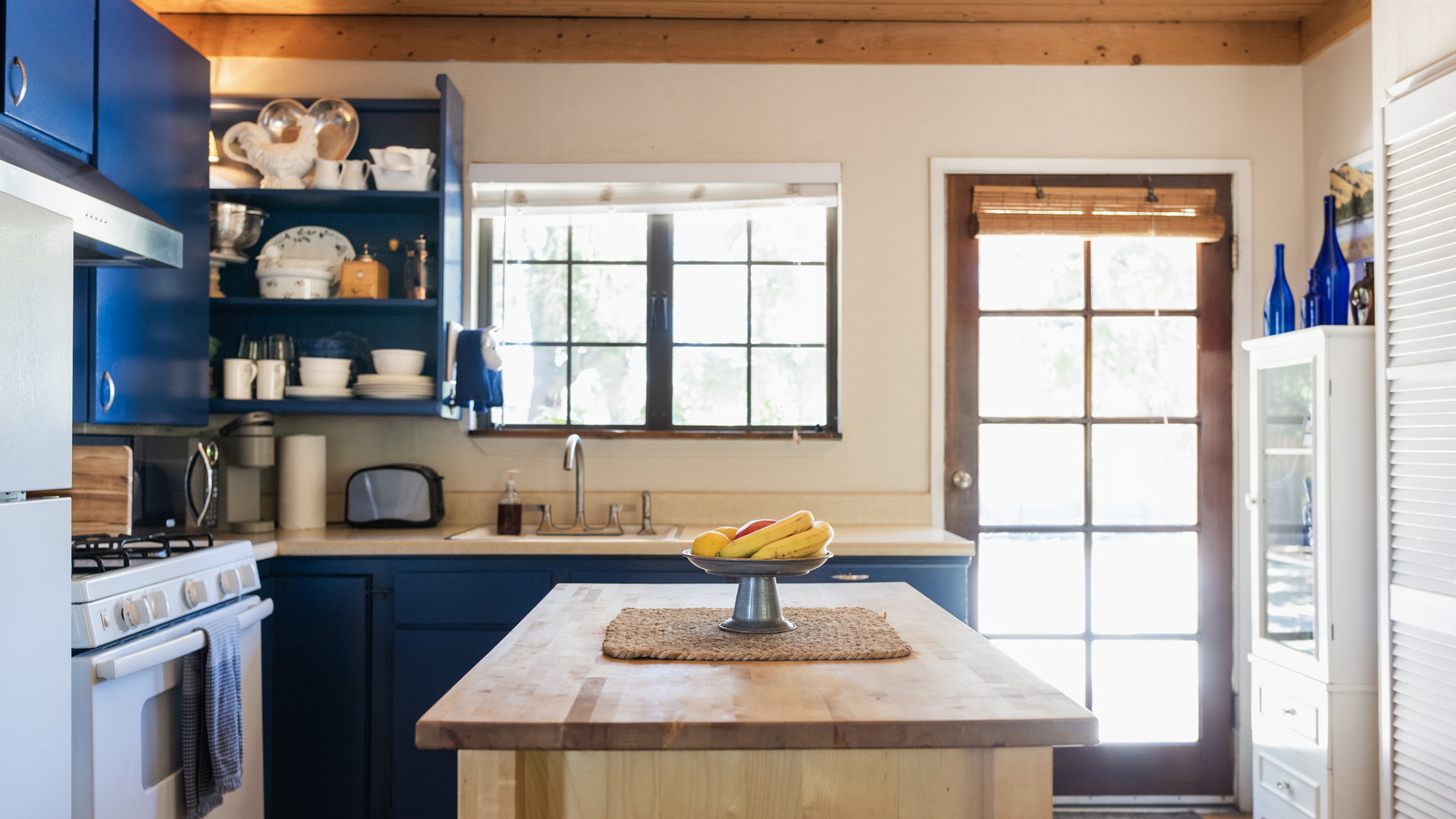
"An appliance as commonplace as a refrigerator might seem ubiquitous today, but free-standing refrigeration systems weren't always the norm. In fact, if you have an older California home - built in the late-19th or early-20th century - you might just have one of the modern refrigerator's predecessors, the California cooler, in your home. Also known as a cool cabinet or cool pantry, California coolers were strategically placed pantries with slits to the outside to allow airflow."
"Long before today's high-tech refrigerators, which use cycle refrigerants between liquid and gas states to cool down the appliance, cellars and cool cabinets like those in old California homes were customary ways to keep fruits, veggies, and other foods from spoiling. To facilitate natural cooling, slits on both the top and bottom of the cabinet space seamlessly circulate cool air from the bottom of the pantry, as well as the flow of warm air out the top."
"You can spot a California cabinet by looking for a large built-in cabinet, along with little mesh-covered ventilation windows connecting it with the outside to facilitate air flow. If you notice one of these cabinets, the good news is that it can be used for more than just a vintage throwback design element. Temperature-sensitive prepared foods, dairy, and meat should always be stored in today's best refrigerator brands."
California coolers are built-in ventilated pantries historically common in late-19th and early-20th century California homes. They feature mesh-covered vents and slits at the top and bottom that draw cool outside air in and expel warm air, creating natural circulation to preserve fruits, vegetables, breads, and pastries. These cool cabinets functioned as low-tech refrigerators in temperate climates and were often located directly in the kitchen for convenience. Modern refrigeration is required for temperature-sensitive prepared foods, dairy, and meat, but coolers remain useful for nonperishables and produce when outdoor conditions are cool and stable.
Read at Tasting Table
Unable to calculate read time
Collection
[
|
...
]